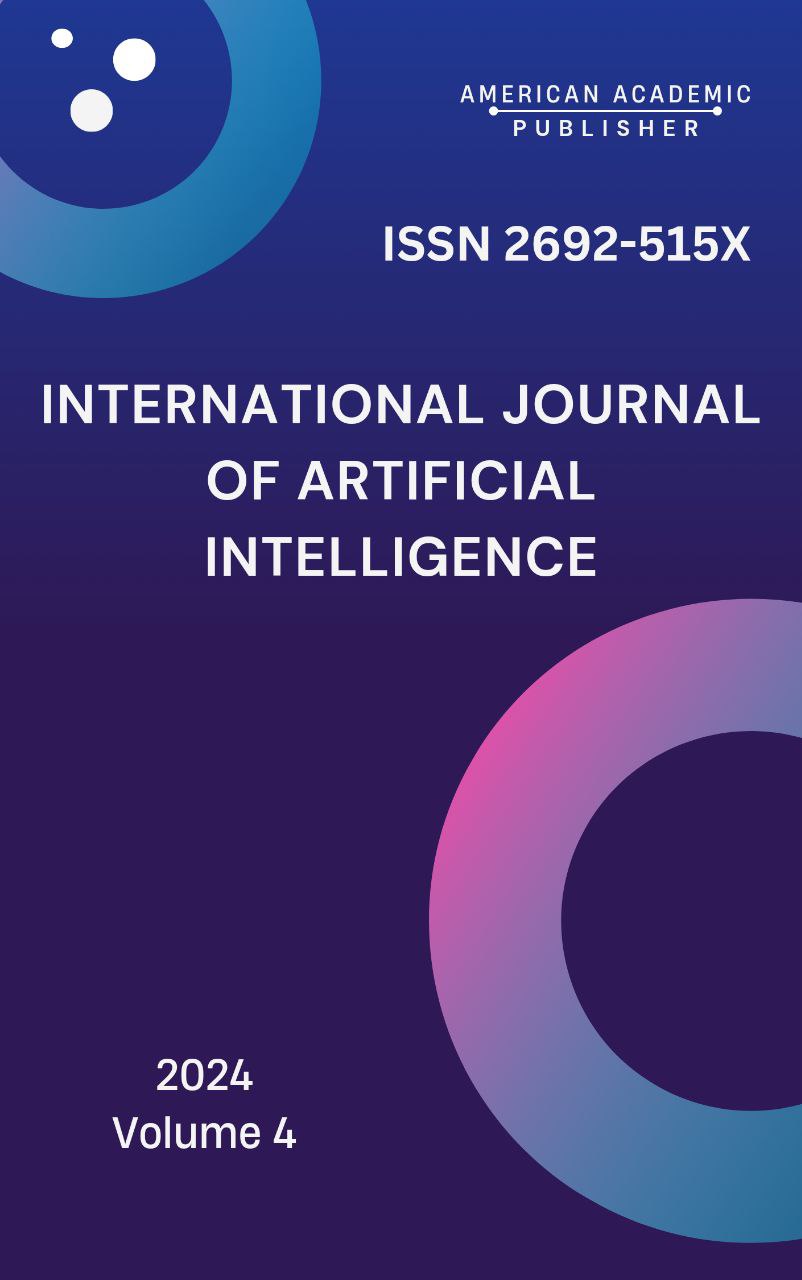 Articles
| Open Access |
Articles
| Open Access | WORD FORMATION TYPOLOGICAL FEATURES IN THE ENGLISH AND UZBEK LANGUAGES
Sobirov Ravshanbek Xasanovich , Alfraganus UniversityAbstract
In this article, the typological distinctions between the word forms of English and Uzbek—two linguistically different languages with different morphological systems—are examined. Uzbek is distinguished by its agglutinative structure, which is the result of adding several suffixes to a root to produce complex word forms that express a variety of grammatical functions, including case, number, and tense. On the other hand, English uses a more analytical method, combining derivation and inflection, and uses auxiliary verbs and word order to show grammatical links. This study classifies many morphological patterns in both languages by carefully examining word creation processes, emphasizing the distinct functions of affixation, composition, and zero derivation. Through a comparison of similar structures, including verb forms and noun changes, the study highlights how these typological elements influence language usage and learning. The knowledge of cross-linguistic morphological typology is enhanced by this study, which offers linguists, translators, and educators who study the connections between the Uzbek and English languages important new information.
Keywords
the English language, the Uzbek language, word building, composition, backformation, affixation, conversion.
References
Abidova, N. Word Formation in Uzbek and English: A Comparative Study. Tashkent: Uzbek National Press, 2020.
Davis, R. English, and Uzbek Grammar: A Comparative Analysis. Oxford University Press, Oxford, 2018. P. 200-207.
Jones, A. Morphology and Syntax: A Cross-Linguistic Perspective on Word Formation. London: Language and Linguistics Publications. 2018
Karimov, A. Lexical Structures in Uzbek and English: A Typological Approach. University of London Press, London, 2019. P. 15-34.
Smith, J. Word Formation Techniques in English: An Analysis of Affixation and Compounding. New York: Linguistic Research Press. 2019
Johnson, M. A. Morphological Patterns in Uzbek and English. Linguistic Society, New York. 2021. P. 100-109.
White, R. Comparative Morphology: Exploring the Word Formation Strategies of Uzbek and English. Cambridge: Cambridge University Press. 2023.
Smith, J. A Comparative Study of Uzbek and English Word Forms. Academic Press, Tashkent, 2020. P 45-72.
Atajonova, A. Modern Uzbek Literary Language (A Methodical Handbook for Academic Lyceum Students) - Tashkent: Bayoz, 2017. 178 p.
Mamatov, N. The difference between a compound word and a phrase // Uzbek language and literature. - Tashkent, 2018. - № 5. - P. 17–21.
Article Statistics
Downloads
Copyright License

This work is licensed under a Creative Commons Attribution 4.0 International License.

